By Tristan White 29-Nov-2019
Those who partook in their first rogaine within the past decade will most likely only know the electronic scoring system known as “Navlight,” used at all NSW (and most other Australian) rogaines. In addition to simplicity of registering or “punching” a tag at the checkpoint and bringing up the results within minutes of the finish, it has done much to add an element of professionalism to the sport. Thanks to this system participants and organisers can click on any team and check out their routes, and the number of teams visiting each control, exponentially enhancing the post-event analysis.

But just like almost any piece of technology, there was a time that it did not exist, and people knew a world where rogaine scoring was done manually with many problems until such a mind came along to develop a system that could automate the process.
At the recent Australasian Champs in Tasmania I had the privilege to meet this great mind, Peter Squires, the Kiwi who invented the system in the early 2000s, and hear a bit about how it came about. He kindly offered me his time to share this in a bit more depth over a series of emails so I could share this story with the rogaining community and also get a feel for what old-style rogaining was like!
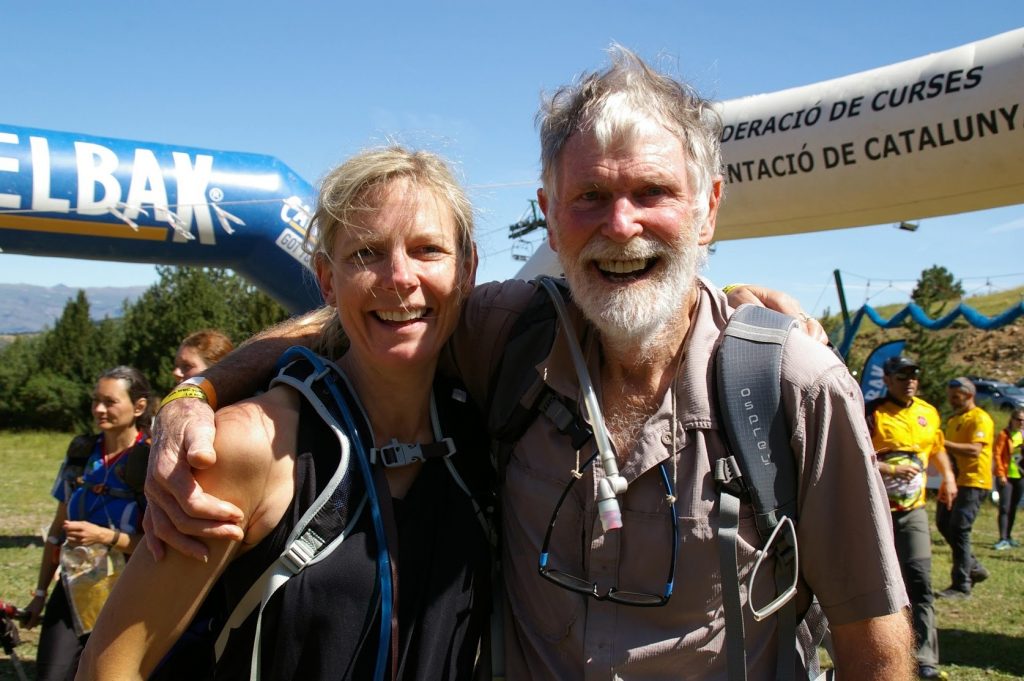
Tristan White: Where do you live and what did you do as a career?
Peter Squires: For the last 45 years I have lived on a sort of farm, 40km south of Christchurch. I still live in the country but we have a lovely holiday home in Takamatua (near Akaroa) where we spend at least half of our time nowadays.
I have two engineering degrees, one in Mechanical and one in Electrical. After working as a robot on an electronics production line, I started my professional career working as an engineer with the Dunedin City Electricity Corporation, then the North Canterbury Electric Power board.
I obtained a position as a lecturer at Canterbury University in 1973, with the Electrical Engineering Department and spent most of my working life there.
TW: When did you do your first rogaine, and what has made you keep coming back? How many rogaines do you think you’ve done in total?
PS: My first “real” 24-hour rogaine was the first World Championship in 1993, but I have been participating in the 24-hour “TWALK” organised annually by the University Tramping Club since 1967. That means at least 46 TWALKS, and I have lost count of how many 24-hour rogaines I’ve done, but it’s something approaching 30, including about 10 of which I’ve organised.
It’s that feeling of anticipation when you start a course, and that feeling of relief when you finish it, and all the challenges in between that keeps bringing me back. It’s like the pleasure of tramping without the boring bits, and you are always thinking. It’s also the social side. Rogainers are an amazing group of people.
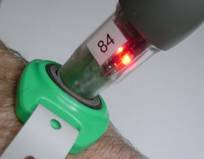
TW: Many people have only ever used the electronic scoring system. When you were doing rogaines in the earlier years, what were the methods used for scoring at events and what were some of the problems you observed in them?
PS: Rogaining in NZ started with the orienteering Control cards and clip-punches. These were always a problem; whereas an orienteering event seldom needed more than 15 squares, a rogaine could have over 70 controls, so the squares in the card were much smaller. Trying to get the central squares into the throat of a clipper was always difficult, and “wrong’ squares were often punched, especially at night. Then you’d come to another control and had already punched the square for that one, so you needed to punch somewhere else.
There was also the problem of the card not being able to withstand the wet or mud, and in the cold our wet fingers weren’t strong enough to actually penetrate the card!


Other means of scoring in earlier events included:
- Q&A-type scoring in urban events. A multiple choice question was asked at the CP location instead of the flag (such as “how many fence panels at the lookout’),
- a code written on each flag to be copied down, and
- in the very earliest events I was told a story of a different type of washer or nut left at the control at which teams would take one with them to show at the end, progressively adding another kg to their load!
A common problem for all manual means of scoring was the inability to police cheating, as all of them allowed one team member to run up a hill to the control whilst others could have a rest, something that would dampen the integrity of the sport.
TW: What gave you the idea to create an electronic scoring system for rogaines? A marriage of your career and hobby?
PS: Not really. The idea was born from the desperate need to get something better than punch cards. Competitors and organisers alike needed something simpler and more automated, particularly for the post-event scoring.
I had enough of an understanding of electronic hardware and embedded software to believe that something was possible, and I spent a year or two experimenting in the skunkworks at home. The biggest challenge was to transfer enough energy to power a tag, without a heavy battery drain from the punch, and in a small physical format. The next significant challenge was to superimpose bidirectional signalling onto the energy transfer.
I still have a collection of partially-built circuit boards, and paper tubes with wire wound around them, as a reminder of the development stage.
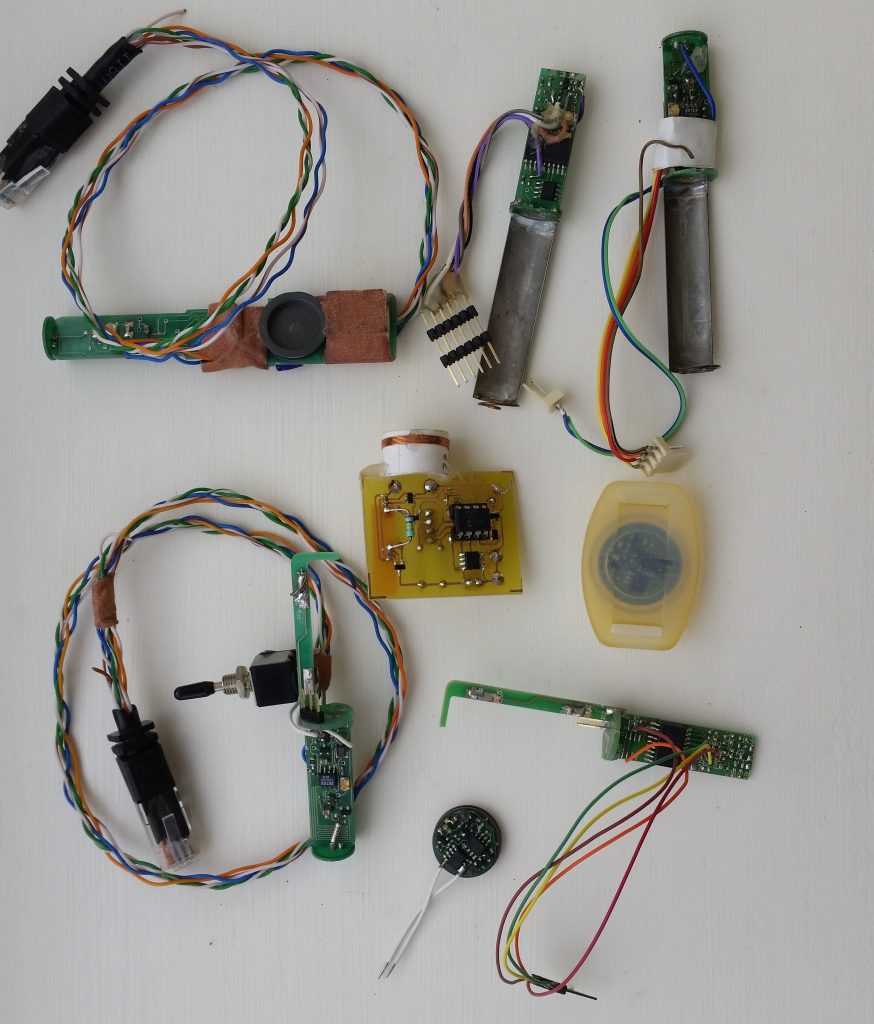
TW: When was the Navlight first used in an event and how long did it take to develop the system?
PS: Navlight was first used in the NZ Champs in Otago in 2005, and again later that year in the Australian Champs near Brisbane. Since then, the tags have not really changed, but the punches have been through several iterations, and the software has grown from 200KB to nearly 3MB, and it is still evolving.
The original development took about two years of spare time to get a practical working circuit with embedded software, followed by about 10 months to get the mechanical housing designed and made. I employed a professional engineer to create the punch and tag components in Solidworks, and then get tooling made for injection moulding of the three parts. This was by far the biggest capital outlay.
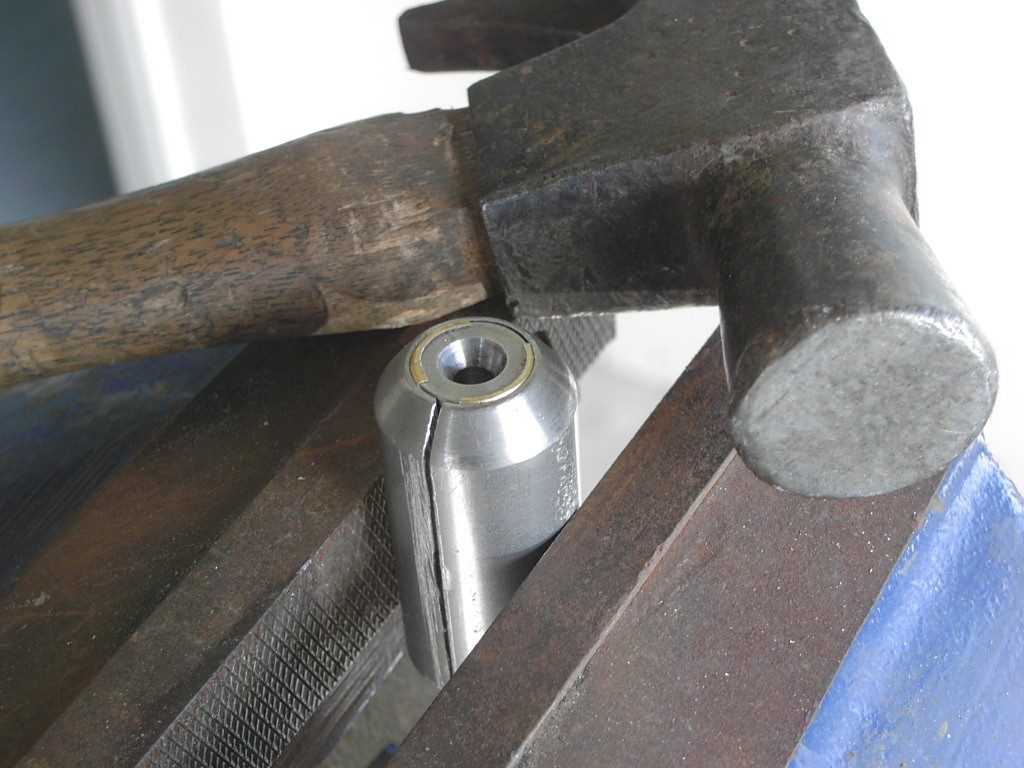
TW: Could you briefly explain the process for how the Navlight works? How long does the battery last, and how long is a unit expected to last before it must be replaced?
PS: Each punch and each tag has a unique binary number assigned to it. This is represented to the user as the 3 or 4 character ID code, for example AXCY. Punches also have a crude clock. The clock doesn’t tell the actual time; it simply counts the elapsed seconds since it was programmed.
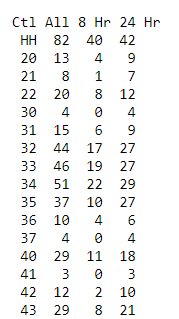
PS: When a tag is connected to a punch, they swap ID codes. The Tag records the Punch ID code, and the elapsed seconds from the punch counter. No other information is used.
The score value of the punch is obtained from a text file on the computer (PunchNums.txt) which relates the ID code to its score value, and also whether the punch is a FINISH, BRIEF, or other “Status” punch. Similarly, the Tag code is used to look up who is using it, and their team number and course, from another text file, (Tagnums.txt). Likewise, course information (start time, finish time, penalty rates etc.) is also held in a text file.
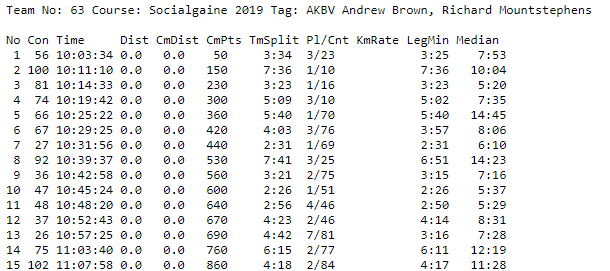
PS: The original punches used an AA battery, which would last for at least one year. Their problem was that the electrical contact between a battery and any terminal is very flaky at low voltage and very low power levels.
The ONLY metal which does not form an oxide film is gold. But you can’t get AA batteries with gold ends on them. So I made the switch to soldered-in batteries, which meant that they had to be re-chargeable, in situ. The need for a charging circuit in the base of the punch made the battery space smaller, so an AAA battery had to be used instead. Being smaller, and also a secondary cell, meant reduced battery capacity, so now the expected life between charges is about 2 months.
There are three main wear mechanisms:
- The NiMH batteries may have a life of ten years. Certainly, there are some which have been in service for 7 years already. The new PINK punches have been built in a way that allows easy battery replacement.
- Stress cracks in the plastic have caused water ingress in the original AA punch nozzles. The polycarbonate plastic used develops these cracks after about three years if exposed to continuous stress. Hopefully, the AAA punches should not be subjected to these stresses if properly maintained.
- Water damage. Water is a very small molecule, and water eats electronics through electrolytic corrosion. This has been the main source of damage in the past. The latest PINK punches have an additional “O” ring seal which will hopefully mitigate this problem.
Otherwise the life should be indefinite – apart from the 24LC64 memory chip which is only guaranteed for 1 million read/write cycles. (This means > 1 million Tag registrations – at 100 punches per event, say 8 events per year – that’s 10,000 years!) Currently, the attrition rate is 3-5% per year, which is of concern. Losses occur from water or battery damage, punches being eaten by animals, burnt, blown up, or simply falling out of packs.
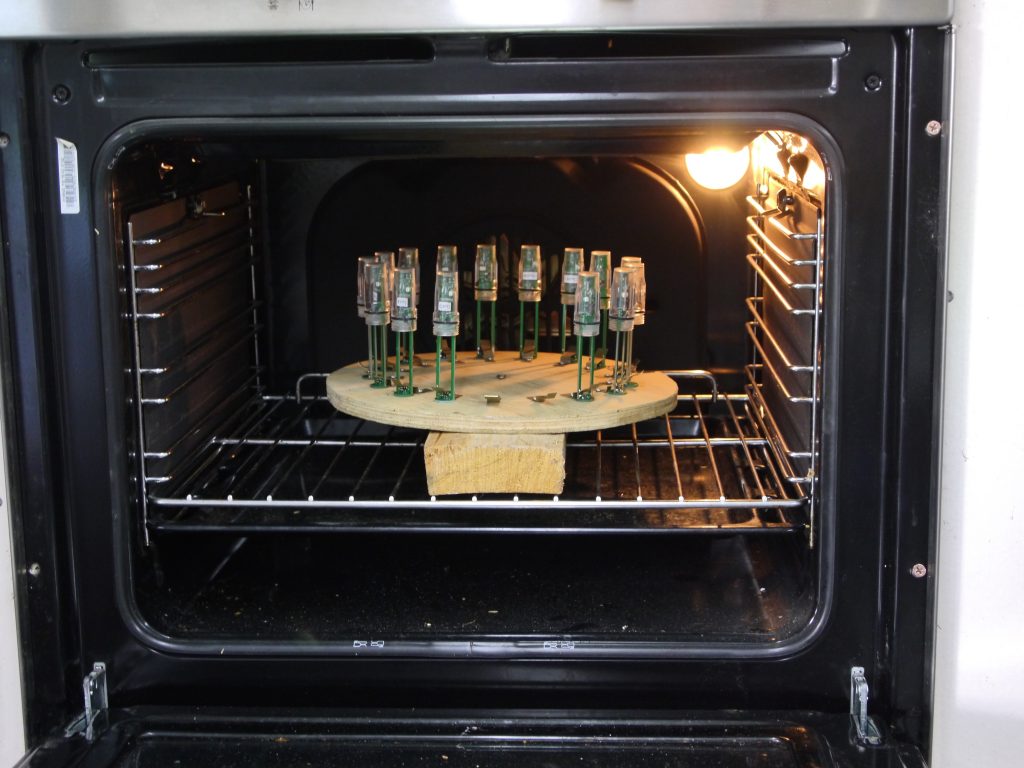
TW: How do the lights and tags get manufactured?
PS: The bare circuit boards are manufactured in Auckland, and then populated with the soldered-on components. I hand-soldered the first several hundred punches and tags, but after that I had them populated by an assembly company in Christchurch. The plastic bodies and nozzles are pressure injection moulded in Christchurch, but both need subsequent machining which I do myself.
The grey buttons in the middle of the tags also need machining, and then each one has seven turns of copper wire wound into the machined groove. I have hand-wound every tag. I assemble the button into the green tag body with a highly polished jig which I made. The “O’ ring slides against the polished cone as it is pressed into the green body, and a very thin sliver of brass projecting from the cone allows the compressed air to escape.
TW: What equipment do you have?
PS: I still have and use the Myford lathe. It is an essential part of Navlight production, for finishing the nozzles and boring the orange and pink casings. I also use it as a press and drill. It has been essential for making the many jigs I need.
I also own three welding plants, five oscilloscopes, two drill presses, a number of signal generators and power supplies, several soldering irons, and I have two ovens in my workshop, so you can see that I am a nut case!
TW: In NSW, the Q&A type controls were still used up until 2012* in urban events, due to the risk of the Navlights being nicked by the public. Were you the one who also designed the locked metal “cages” that are now used at urban events?
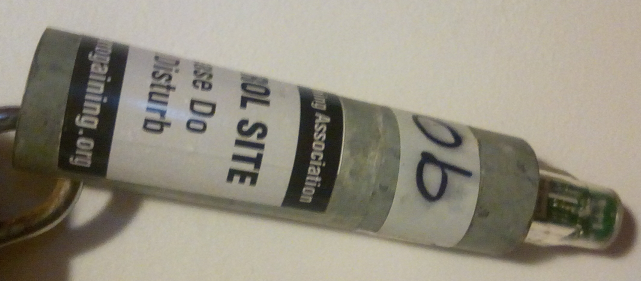
PS: No, I didn’t design the locked cages. They’re good, aren’t they? This was created by NSWRA icon Graeme Cooper. Other associations have followed suit, including ACT, which has created several holes around the flashing light to avoid having to squint to check if it’s registered.
A metal cage around the light, used for NSWRA urban events, has a metal cable locking it to its hanging location, deterring passers-by (or rebel rogainers!) from stealing it.
(*) Many may remember the 2012 incident, where one question concerned the colour of a mailbox. After learning that his front yard was the subject of a sporting event, the resident took his mailbox inside! As if we needed any more incentive to upgrade!
TW: The orienteering community has been using the SportIdent (SI) system (I think) for longer than Navlight has been around. Why can’t the SI system be used for 24-hour rogaines?
PS: In 2004, SportIdent was used for the first time in a 24-hour event, near Auckland. It worked, but there were many problems. Firstly, there was no supporting software; secondly, the punches were large and heavy, and had a very short battery life, but most critically, at that time the SI cards could only store 32 controls. Later SI cards can store 64 controls, and the rest of the world uses SI cards for rogaining championships because that is the system that they already have. Someone has written some software to read the cards in a Rogaining application rather than orienteering, but there are still some potential issues with SI.
One is the weight and size, and battery life, of the punches. I have set courses where I had to traverse some high country, carrying up to 20 punches, with flags, anchoring tape, and string to protect the flags and punches from gale-force winds. This may need to be done up to 3 weeks before an event so battery life is as critical as weight and size.
Another issue that has occurred with SI is the incompatibility of different cards with different systems. This was manifested in the 2014 WRC in South Dakota, USA, where the SI cards came from at least three sources; privately owned, hired from the organisers, and rented from a website. Many were incompatible and the results were not known for three weeks after the event, after all the punches had been collected, read, and translated.
Thirdly, some argue that the SI cards are physically more awkward to register in a punch than the Navlight system – but that may be a matter of opinion.
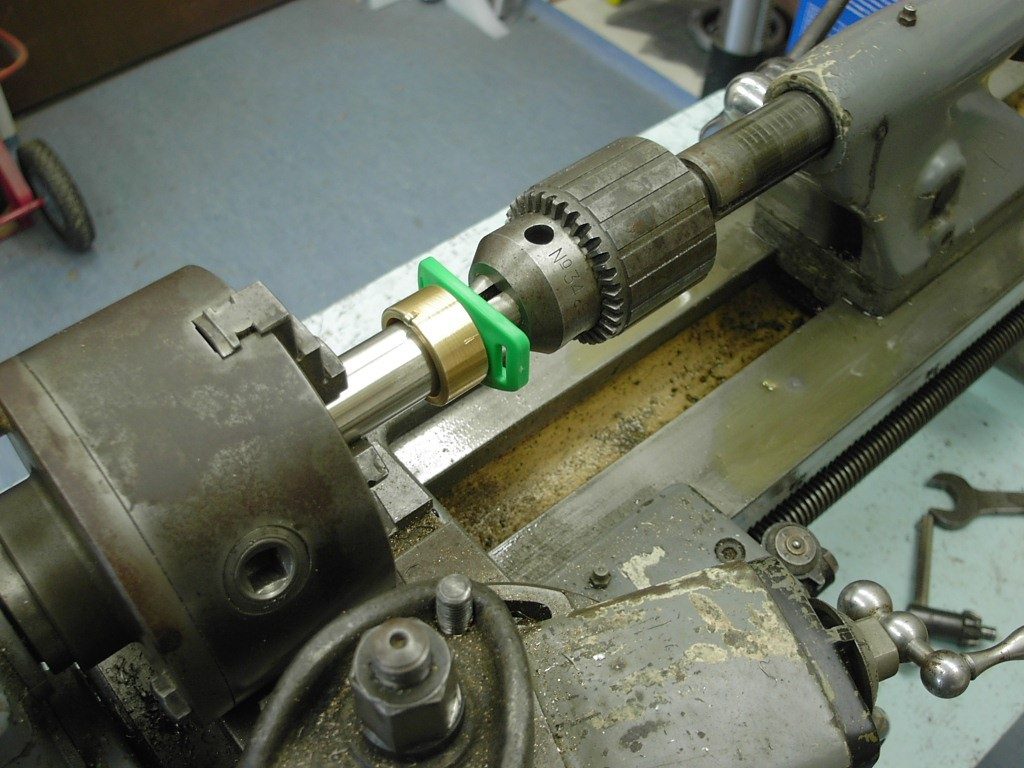
TW: How many rogaining associations now use the Navlight scoring system and how do they “sign up” to it (for want of a better phrase) – do they buy a set of punches and tags from you, and then I think a small portion of the entry fee goes towards this? Are there rogaining assocations that use scoring other than Navlight (or SI) and is there much difference with the operation of these systems?
PS: I have made 2,250 punches in all, about half of the AA variety and half the re-chargeable variety. I have also made 5,100 tags. The sets are distributed amongst NZRA, QRA, ACTRA, NSWRA, VRA, SARA, and ARA, and until recently there was a set in Hong Kong. There has been a significant amount of cross-sharing of equipment to handle big events, so it is getting hard to say exactly who has what – but it doesn’t matter as long as there is enough to go around.
Most of the equipment is “on hire” – there is a rental fee per competitor or per team, by agreement with the particular organisation. Both QRA and ACTRA purchased their sets in the early days, and this gave me the capital I needed to recover some of the development debt and to produce bigger quantities, and to pay people to do the PCB assembly. I prefer the rental system because it justifies the on-going maintenance and replacement cost and effort, whereas purchased electronics of any type usually has only a two-year guarantee, which is void if you hang it outside in the rain! The income also allows me to justify having a registered company in NZ (Navlight Systems Ltd) where I can get corporate travel insurance, in spite of my age.
WARA has developed their own electronic system but I know very little about it. Some smaller semi-commercial private organisations in NZ use an SFR Russian e-punching system, which is cheaper. The cards are like a key tag, which you place against a punch and then press a button. The punch uses a non-rechargeable Lithium Thionyl Chloride (ER) battery. See http://sfr-system.com/
TW: I thought the system of being able to view the live progress of teams at this year’s World Champs was really cool for “spectators” and would also be a great safety feature for organisers to immediately know the whereabouts of teams. As someone with an acumen for technology, do you see this or other technological advancements becoming mainstream?
PS: For many years people have been suggesting that it would be good to have a communication from a punch to event HQ. And it would. The trouble is that radio waves, like light, travel in straight lines and get absorbed by trees and rain. Your mobile phone relies on multiple reflections of radio waves to reach you. It also needs a close cell tower. The further from a cell tower, the more power you need, and the shorter your battery life. Has anyone taken a phone (not in flight mode) on a 24-hour event and still had a working battery at the end?
Most controls are surrounded by bush and/or in hilly terrain, far from a cell site. The best chance of getting a radio signal out is to go upwards to the sky – a satellite. This was probably the method used at WRC this year, but the transmissions were not from a control site, but from the competitors themselves who were moving around, and thus often in open ground where transmission was possible.
An alternative is to use a High Frequency transmitter, operating around the 3 MHz frequency, which bounces off the ionosphere. This requires a wire antenna some 40 metres long which is getting impractical when you have to install a number of controls on one trip. The antenna is also likely to strangle people in the dark, and would require several antenna poles if in open ground.
There have been suggestions about networking the controls, so each punch has only to reach another punch. This is probably the most likely way forward, but there is still the problem of bad radio paths, high power requirements, large physical size, and battery life – not to mention cost.
TW: Thanks Peter for your service to the sport! All the best with your future projects!
Great interview and insight into how the system works.